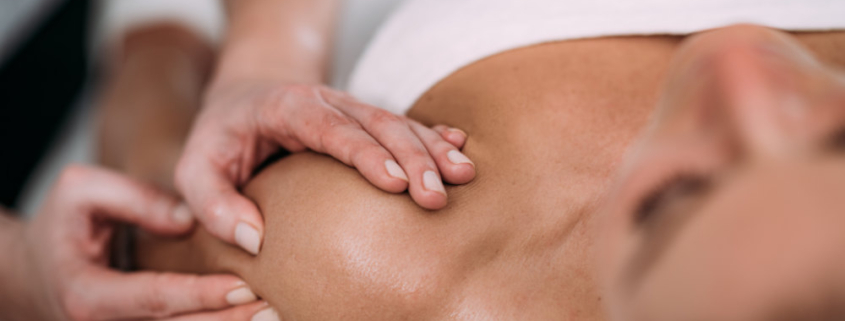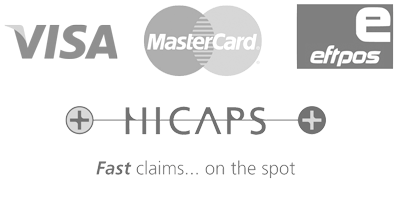We have two Osteopaths here at Harley Place Health who do dry needling. Dr Marcus NG and Dr Max Bellaiche. We often get asked about which conditions it is most effective for and how it actually works.
Evidence-Based Benefits of Dry Needling
The strongest evidence for dry needling points to its short-term effectiveness in managing pain and, to a lesser extent, improving function across various body regions.
1. Short-Term Pain Reduction (Analgesic Effect)
- Superior to Sham/No Intervention: Multiple systematic reviews and meta-analyses, including an umbrella review on musculoskeletal pain, suggest that DN is superior to sham or no intervention for reducing pain intensity at the short-term (immediately after treatment up to a few weeks/months). This effect has been observed across various body regions.
- Musculoskeletal Pain in General: DN demonstrates a short-term analgesic effect in all body regions, including the neck, back, and lower extremities.
- Specific Conditions:
- Neck Pain: Low to moderate evidence supports that DN can be effective for improving pain intensity and pain-related disability in individuals with neck pain associated with MTrPs at the short- to mid-term.
- Low Back Pain (LBP): DN appears to be an effective procedure for the treatment of myofascial pain in patients with acute and chronic LBP, especially when combined with standard rehabilitation.
- Knee Pain (Patellofemoral Pain): Low to moderate evidence suggests a positive short-term effect on pain and disability, particularly for patellofemoral pain (also known as “jumper’s knee”).
- Neck Pain: Low to moderate evidence supports that DN can be effective for improving pain intensity and pain-related disability in individuals with neck pain associated with MTrPs at the short- to mid-term.
2. Improved Physical Function and Thresholds
- Pressure Pain Threshold (PPT): Dry needling is consistently shown to increase the pressure pain threshold (meaning the area becomes less sensitive to pressure) in the short-term. This immediate physiological change is often cited as a key benefit.
- Functional Outcomes (Short-Term): Some evidence suggests a statistically significant effect on functional outcomes (e.g., pain-related disability) when DN is compared to no treatment or sham needling. However, evidence is conflicting or less pronounced when compared to other physical therapy interventions.
- Range of Motion (ROM): DN may lead to immediate increases in range of motion, which is often a goal in treating MTrPs.
Key Considerations and Limitations
It is important to understand the context and limitations of the current research:
- Adjuvant Therapy: The strongest evidence often suggests that DN is most beneficial as an additional treatment combined with other interventions (like exercise, manual therapy, or education) rather than as a stand-alone therapy.
- Lack of Long-Term Evidence: A significant limitation across much of the research is the lack of high-quality evidence for the mid- to long-term benefits of dry needling (beyond 3–6 months). While short-term effects are clearer, more research is needed to determine if these effects are sustained over time.
- Equally Effective to Other Interventions: For pain reduction, DN is often found to be equally effective to other physical therapy interventions (such as manual therapy or exercise) in the short term. It is generally not proven to be moreeffective than these established treatments.
- Need for Standardization: Researchers frequently note a need for the standardization of DN protocols to reduce heterogeneity in studies and strengthen the overall evidence base.
Proposed Mechanisms of Action
While the exact mechanisms are debated, dry needling is believed to elicit its effects through:
- Local Twitch Response (LTR): The mechanical disruption of the MTrP by the needle often elicits an LTR, which is thought to interrupt the muscle’s dysfunctional feedback loop, leading to muscle relaxation and decreased pain sensitivity.
- Chemical Changes: Needling can cause a localized physiological response, potentially normalizing levels of various inflammatory and pain-producing chemicals (like substance P and calcitonin gene-related peptide) at the site of the MTrP.
- Neurophysiological Effects: DN may activate both peripheral and central nervous system mechanisms, including activating descending pain control systems in the spinal cord and brain, contributing to its analgesic effect
Reference List (Sources for Dry Needling Evidence)
The evidence provided is sourced from a synthesis of recent systematic reviews, meta-analyses, and umbrella reviews, which represent the highest level of evidence in clinical research.
Umbrella Reviews and General Musculoskeletal Pain
- Clinical Effectiveness of Dry Needling in Patients with Musculoskeletal Pain—An Umbrella Review. This umbrella review summarizes findings from multiple systematic reviews (SRs) and meta-analyses (MAs) across various body regions.
- Reference (Example of a likely source for this data): R.M. Denuccio, D. D. J. M. E. A. P., V. K. T. T. W. M. M. S., et al. Clinical Effectiveness of Dry Needling in Patients with Musculoskeletal Pain—An Umbrella Review. Journal of Clinical Medicine. 2023; 12(3):1205.
- The Effectiveness of Trigger Point Dry Needling for Musculoskeletal Conditions by Physical Therapists: A Systematic Review and Meta-analysis.This key review analyzes the short- and long-term effectiveness of dry needling for general musculoskeletal pain.
- Reference (Example of a likely source for this data): Krey L., Gattie E., Cleland J. A., Snodgrass S. J. The Effectiveness of Trigger Point Dry Needling for Musculoskeletal Conditions by Physical Therapists: A Systematic Review and Meta-analysis. Journal of Orthopaedic & Sports Physical Therapy. 2017; 47(3):133–149.
Regional Pain Conditions
- Neck Pain: Research supporting the short-term benefit for pain intensity and disability in chronic neck pain associated with myofascial trigger points.
- Reference (Example of a likely source for this data): M. F.-d.-l. P., L. S. D., M. D. J., G. R. E. Effectiveness of Dry Needling for Myofascial Trigger Points Associated with Neck Pain Symptoms: An Updated Systematic Review and Meta-Analysis. Journal of Clinical Medicine. 2020; 9(10):3300.
- Low Back Pain (LBP): Studies focusing on the efficacy of dry needling for myofascial pain syndrome in the lumbar region, often as an adjunct therapy.
- Reference (Example of a likely source for this data): Ferreira J., Dias A., G. D. M., et al. Treating Myofascial Pain with Dry Needling: A Systematic Review for the Best Evidence-based Practices in Low Back Pain. Neurology. 2024; 102 (17) (P5-13.002).
- Knee Pain (Patellofemoral Pain): Research supporting dry needling’s effect on pain and function for specific knee conditions like patellofemoral pain.
- Reference (Example of a likely source for this data): F. S. M., P. V. B., J. A. P. Effects of Trigger Point Dry Needling for the Management of Knee Pain Syndromes: A Systematic Review and Meta-Analysis. Journal of Clinical Medicine. 2020; 9(7):2044.





